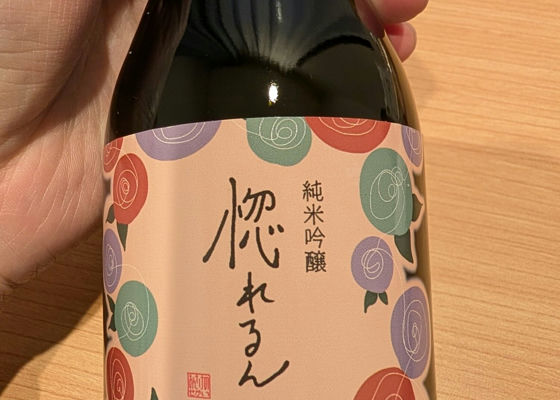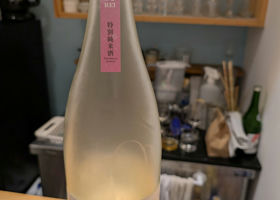
Narasake saru
I was curious about this bottle and finally got it.
This sake is planned by students at the University of Nagano. As I tried it, I was amazed by fruity aroma and smoothness. According to the shop customer, this is the 3rd year of trying to brewing as a sort of research at the University.
I'm curious how it will change next year.






















